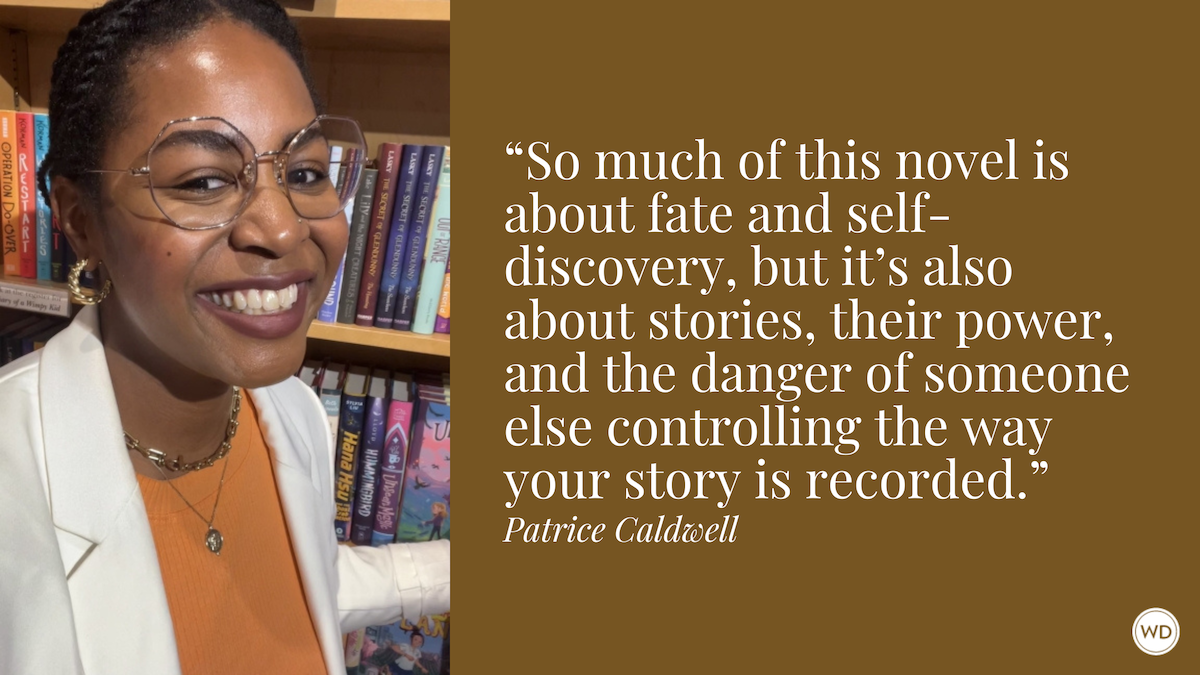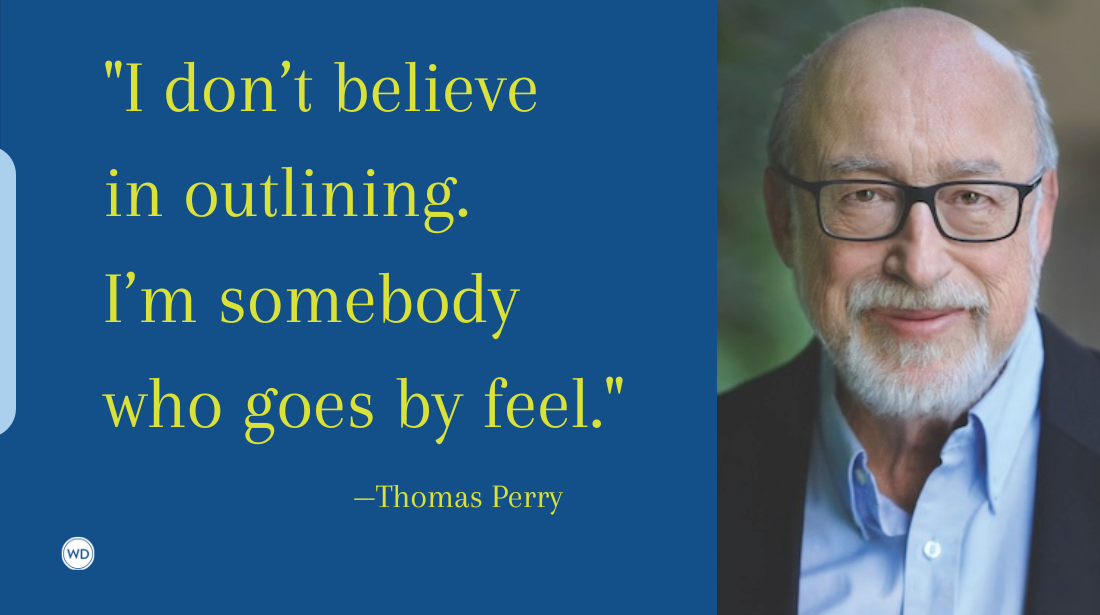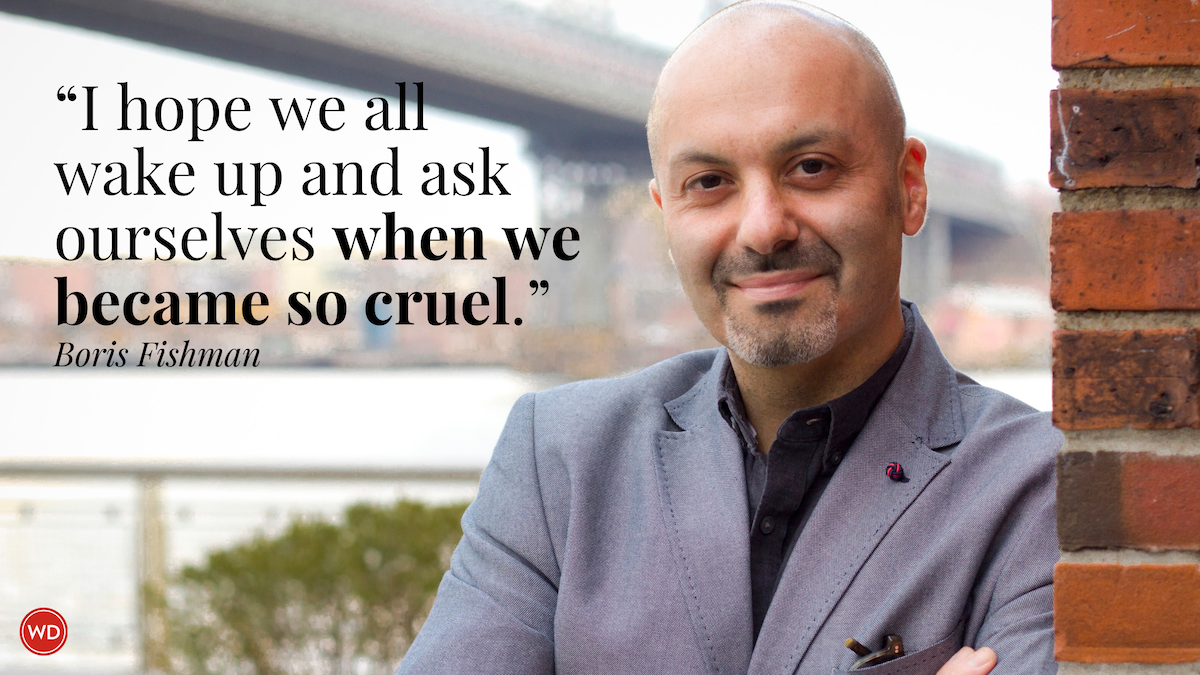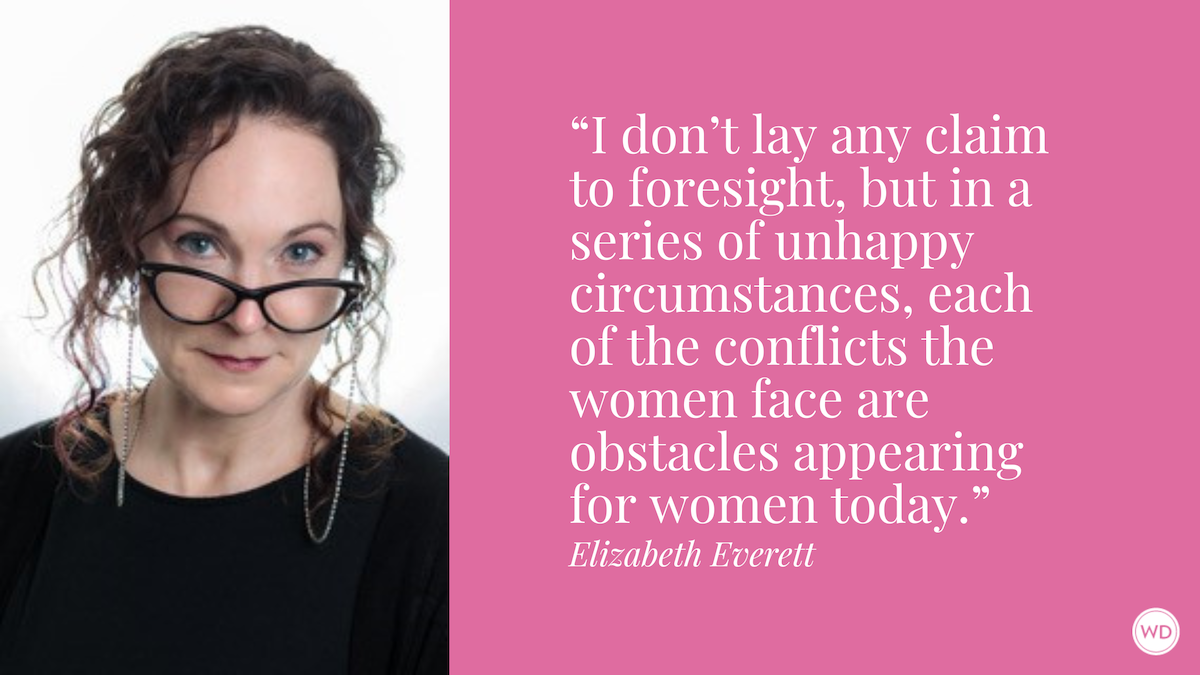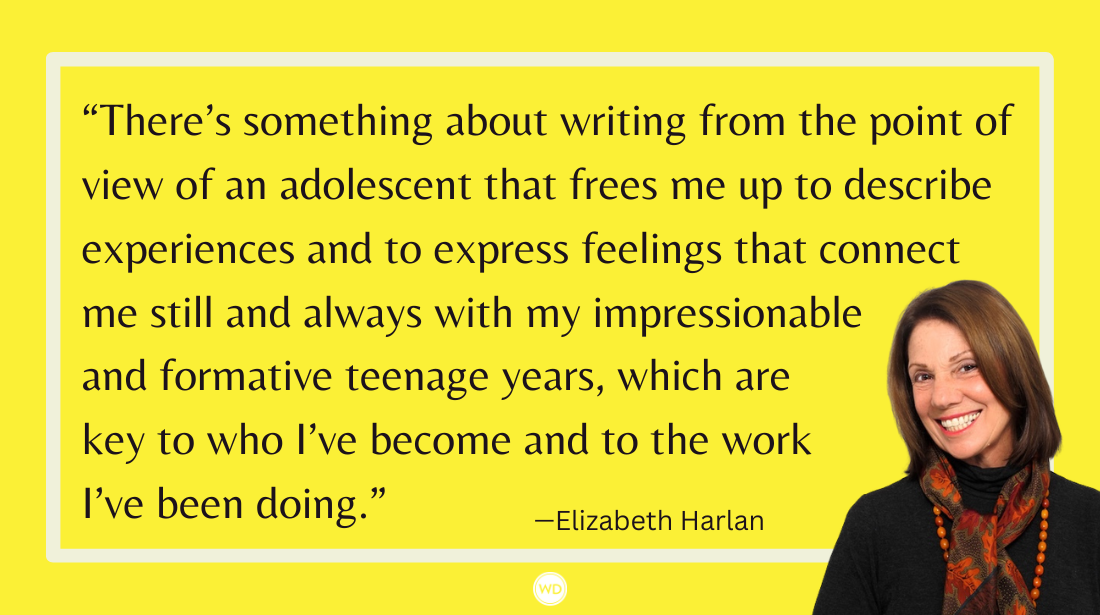5 Tips for Creating a Fully Realized Historical Setting
Research is more than just reading books and articles. Here, author Nekesa Afia gives her top 5 tips for writing a historical setting that will engage and wow your readers.
I love historical fiction. Love it. I always have. It’s my favourite thing in the world, next to musicals. And don’t get me started on historical musicals.
What I can’t stand is when the world-building, the minutia of the setting: the way the characters talk, what they wear, what they listen to, and so on, is lazy. In historical fiction, whether it be books or a TV show, I always want good world-building. When I sit down to watch or read a period piece, I want to be immersed in the world and be shown historical accuracy, not wondering why the TV show’s protagonist is dressed like a 1950s sweater girl when the show takes place in the 1920s.
Here are my tips for creating a fully realized historical setting.
5 Tips for Creating a Fully Realized Historical Setting
1. Research
The most important part of any historical undertaking is the research. I’m lucky enough to live in Toronto, and we have a fabulous reference library here, stacks filled with all of the prohibition materials I could ever need. I spent hours and hours in those stacks and I long to go back every day. That time really helped me get a foundation for the time period.
However, research is more than just reading texts and articles. I dove into worlds about women investigators and read contemporary authors like Fitzgerald and Hemingway. I watched movies and TV shows set in the 1920s. I got every bit of culture I could, both historical and contemporary. I listened to long-form podcasts about the prohibition through the eyes of average American citizens. I wanted to build a world that was real and all these sources helped me do it.
IndieBound | Bookshop | Amazon
[WD uses affiliate links.]
2. Always Be Learning
Yes, this ties into #1, but this is a different bullet point. The research you do will be specific to the topic and time period you’re writing in, but you have to look and search further than that.
Be voracious in learning everything you can about the time period. Even things that you don’t think are relevant. I’m still constantly discovering and learning things about the Prohibition era, and it’s information I can use to inform my later books.
3. Be Finicky
Do you know how dress and skirt styles changed over the 1920s? I do. A lot of people think skirt hemlines just rose to right under the knee the moment the clock struck midnight on January 1, 1920. That’s not true.
It’s those little details that make or break a book, in my opinion. I get really into the details myself. I was reading a prohibition-era set novel where a character was described as wearing back-seamed stockings, even though those are a WWII accessory. That little detail pulled me out of the story. It’s the same thing with the TV show I mentioned earlier. The main character was always wearing cigarette trousers and spaghetti strap polyester dresses, neither of which were things women actually wore in the 1920s. The costuming was so bad, I stopped watching and just started making fun of it.
Writing a historical world means you have to find and be sure about those finicky details. Not only for you, but also for the enjoyment of your reader as well.
4. Immerse Yourself
While I was writing Dead Dead Girls, I set up a 1920s playlist, I sourced authentic 1920’s patterns for clothing, and I started swing dancing: I learned the Charleston, along with 6-count and 8-count Lindy Hop. I did everything I could to emulate a woman in the 1920s just short of making sure my Coke had a tiny bit of cocaine in it. (This is a joke.)
It’s no secret that I’m living a very different, way more privileged life than Louise is. She was born roughly 95 years before me, and in those nine and half decades was a world of change and progress from what Louise would deal with in her daily life.
By immersing myself in 1920s culture, I got a taste of Lou’s world, and I was able to think about how what she listens to, wears, and how she dances forms who she is. From there, I was able to build the dance halls, speakeasies, and the cafés and boarding houses she visited and lived in. And I was able to use that experience to build the world around Lou.
5. Don’t Stress
Here’s the part where you call me a hypocrite. The thing about writing historical fiction is that you’ll never get all the details right. It’s impossible. There are going to be nuances and details that you miss. You won’t get everything. I always try to get 80 percent-90 percent of the details rock solid, and the rest of them I play with. That’s the best thing about fiction: it is what you make of it.
Twenty-four-year-old Nekesa Afia recently finished her undergrad degree (bachelor’s in journalism, with a minor in English) and is a publishing student. When she isn't writing, she’s dancing, sewing, and trying to pet every dog she sees. She’s been writing since she was a child and this is her second novel.

